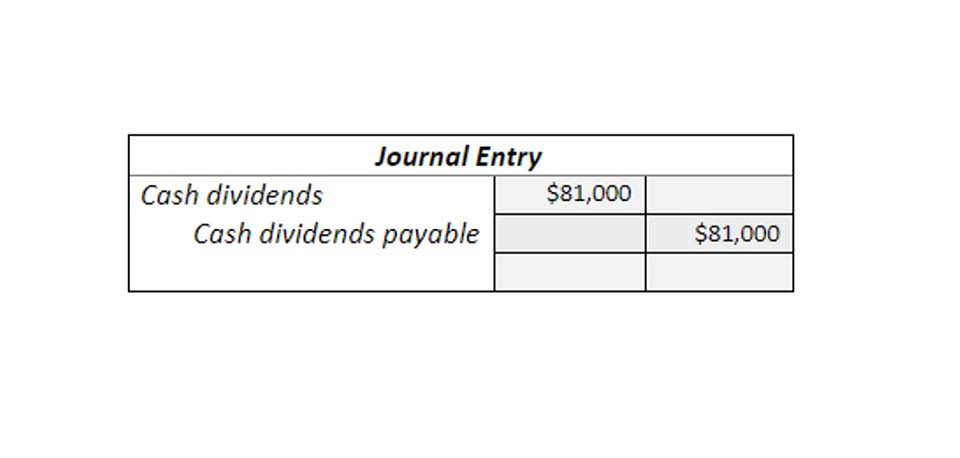
Therefore, the seller should continue to report these goods in its inventory until January 2. The seller will be responsible for the shipping costs, which will be an expense in January when the sale is reported. There is a reason FOB shipping is so popular amongst buyers and sellers; each party’s responsibilities give them the most control while the cargo is in their territory. The advantage for the buyer when purchasing under FOB Incoterms is they have the most control over the logistics and shipping costs, which allow them to choose their shipping methods. Reducing freight costs with FOB Shipping Point and FOB Destination requires a strategic approach to transportation. Tips include negotiating rates with carriers, consolidating shipments, and using freight payment solutions to streamline the process.

Point of Transfer in FOB Shipping Point

When it is indicated as “FOB Origin,” it means that the transfer occurs at the seller’s shipping dock when the goods are safely on board the ship. Even though the buyer pays for shipping costs, the seller retains ownership of the goods during transit. FOB shipping point, or FOB origin, means the title and responsibility for goods transfer from the seller to the buyer once the goods are placed on a delivery vehicle.
Buyer Responsibilities
- The transportation department of a buyer might insist on FOB shipping point terms, so that it can take complete control over the delivery of goods once they leave a supplier’s shipping dock.
- In this case, the seller completes the sale in its records once the goods arrive at the receiving dock.
- Where the FOB terms of sale are indicated as “FOB Origin,” the buyer is responsible for the costs involved in transporting the goods from the seller’s warehouse to the final destination.
- Even those in the shipping industry with knowledge of freight shipping terminology often are confused as to the true meaning.
- Also assume that the goods are in transit until they arrive at the buyer’s location on January 2.
- Specifically, FOB indicates at which point the responsibility (and risk) of the shipped goods transfers from the seller to the buyer.
- Choosing FOB (Free On Board) shipping point as the basis for international shipping agreements offers several advantages for both buyers and sellers.
The fact that the treadmills may take two weeks to arrive is irrelevant to this shipping agreement; the buyer already possesses ownership while the goods are in transit. Incoterms define the international shipping rules that delegate the responsibility what is f.o.b. shipping point of buyers and sellers. With the FOB shipping point option, the seller assumes the transport costs and fees until the goods reach the port of origin. In this arrangement, the seller retains liability for the goods until they are delivered to the buyer.
FOB destination, freight collect
Clearly defining the FOB shipping point in the sales contract removes ambiguity about when ownership and risk transfer. This enables a smooth handover between seller and buyer at the point of shipment origin. FOB Shipping Point (Free On Board Shipping Point), also known as FOB origin, is a term used in shipping agreements to specify the moment when ownership and responsibility for goods transfer from the seller to the buyer. The fitness equipment manufacturer is responsible for ensuring the goods are delivered to the point of origin. The manufacturer records the sale at the shipping point, at which time they also make an entry for accounts receivable and reduce their inventory balance.

Similarly, in the retail industry, F.O.B. shipping point allows retailers to minimize shipping costs and improve inventory management. In the e-commerce industry, F.O.B. shipping point enables sellers to reduce shipping costs and manage customer expectations regarding delivery timelines. On the other hand, one potential disadvantage of using F.O.B. shipping point is that it may not be suitable for all types of products or industries.
However, it should be noted that whichever F.O.B. term is used, it can be modified by agreement between the parties based upon their individual preferences and also bargaining power. Thus, deciding whether to use F.O.B. Origin or F.O.B. Destination for the term of sale is just the beginning of the analysis. If the goods are damaged in transit, the buyer should file a claim with the insurance carrier, since the buyer has title to the goods during the period when the goods were damaged.
FOB Price: What is the Difference Between FOB and other sea shipping incoterms?
The concept, outlined in the Incoterms list by the International Chamber of Commerce, streamlines shipping contracts and facilitates trade negotiations. In FOB Destination Point agreements, buyers often feel they’re in a passenger seat. The entire shipping process, from carrier selection to route decisions, is in the seller’s hands. The buyer should record the purchase, the account payable, and the increase in its inventory as of December 30 (the date that the purchase took place). Since the goods on the truck belong to the buyer, the buyer should pay the shipping costs.
